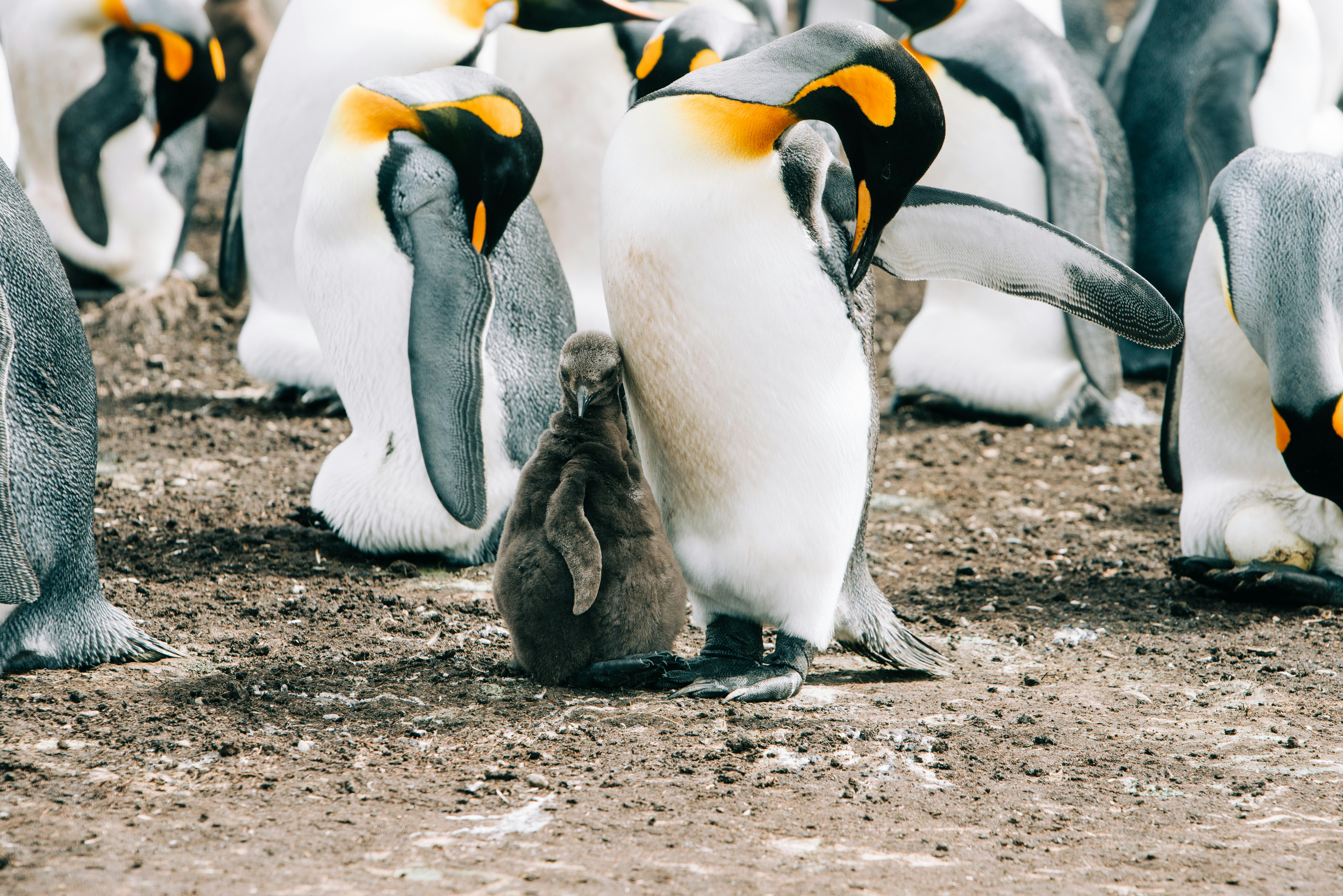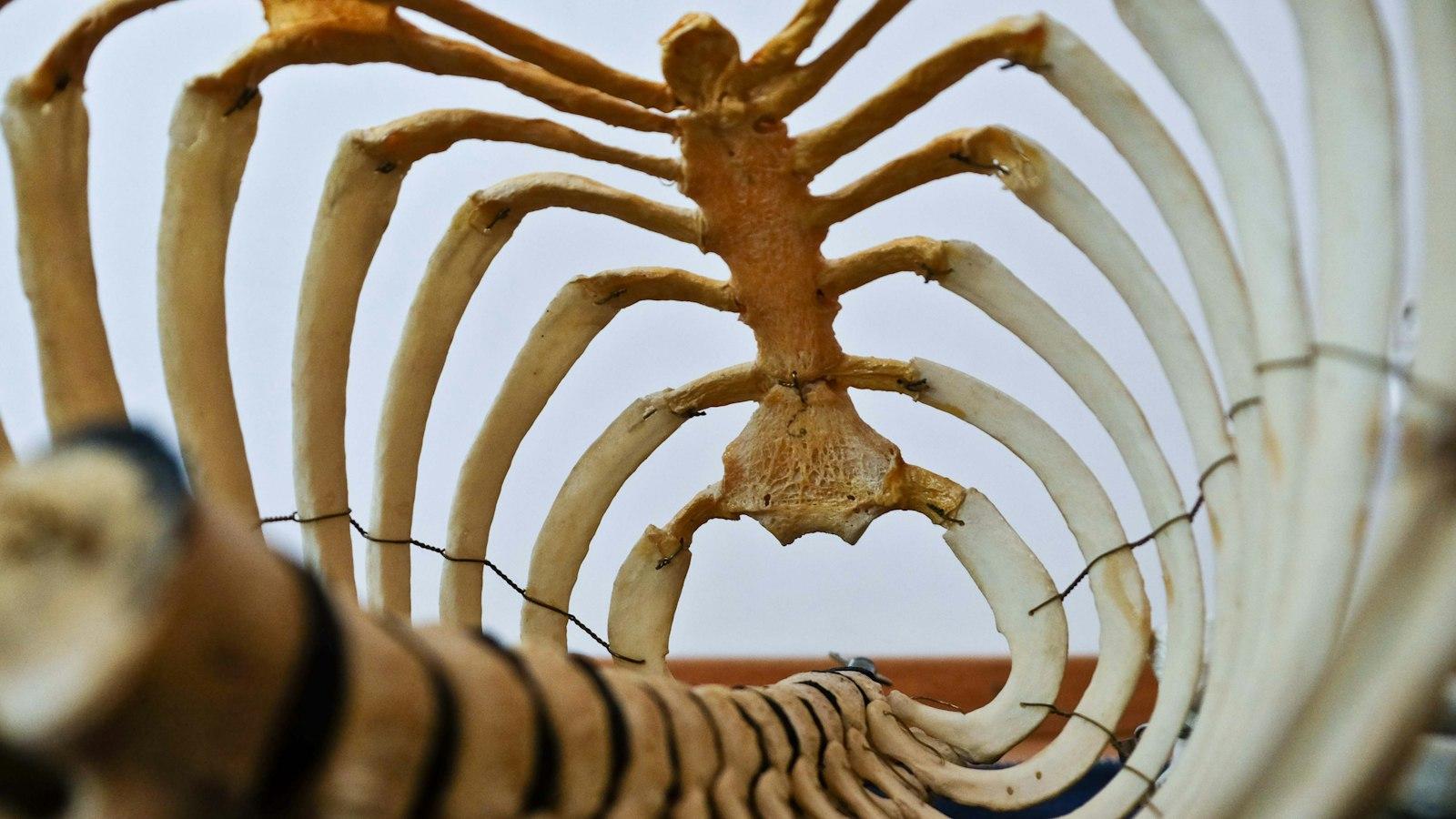A newborn baby is an amazing sight to behold. Their little bodies are filled with so much potential and promise for the future. But have you ever wondered how many bones a baby is born with? It may surprise you to learn that newborn babies actually have more bones than adults. It is estimated that babies have around 300 bones at birth, while adults only have 206. In this article, we will explore the fascinating world of baby bones and discuss why babies have more bones than adults do.A newborn baby has approximately 300 bones. As they grow, some of the bones fuse together, and by adulthood the number of bones reduces to 206.
Types of Bones In a Newborn Baby
The bones of a newborn baby are still developing and growing. At birth, a baby has around 300 bones, some of which are made of cartilage. Over time, these cartilage bones fuse together, resulting in 206 distinct bones that make up an adult skeleton. The types of bones found in a newborn baby include flat bones, long bones, irregular bones and sutural bones.
Flat bones are thin and flat and help to protect internal organs. Examples include the sternum, ribs and skull. Long bones are longer than they are wide and help give the body structure. Examples include the femur (thighbone) and humerus (upper arm bone). Irregular bones have complex shapes that don’t fit into other categories. Examples include vertebrae (backbones) and some facial bones such as maxillae (upper jawbones). Sutural or wormian bones are small irregularly shaped cranial sutures located between certain skull plates.
The development of a baby’s skeleton is an ongoing process that begins before birth and continues until late adolescence when growth plates close permanently. During this period, babies will gain extra joint mobility due to their soft cartilage-based skeletal structure which allows them to do things such as crawl more easily than adults can.
As the baby grows older, their skeleton becomes increasingly ossified or hardened due to the deposition of calcium salts around the collagen fibers within their bone matrix. This is why it is important for newborns to receive adequate amounts of calcium in their diet so that they can continue to develop strong healthy skeletons throughout their lives.
Number of Bones In A Human Infant
The number of bones in a human infant is considerably higher than the number in an adult. This is because newborn babies have more flexible and supple bones than adults do. At birth, most human infants have around 300 bones, while adults typically have 206 bones. This difference is due to some of the infant’s bones being formed from several smaller parts that eventually fuse together as the baby grows older.
Babies are born with a lot of cartilage, which is a soft type of tissue that eventually turns into bone. As the baby grows older, this cartilage hardens and forms individual bones, which then fuse together to form larger, stronger ones. For example, infants are born with three distinct bones in their lower legs: the tibia, fibula and patella. These three bones will eventually fuse together to form one single bone: the tibia.
The process of growth and fusion continues until the infant reaches adulthood. At this point, many of their small individual bones will have fused into larger ones and their total bone count will decrease from 300 to 206. It’s important to note that there can be some variation in these numbers depending on individual circumstances and genetics.
It’s also important to understand that babies’ skeletons are much more delicate than adults’ skeletons because they’re still growing and developing rapidly. This means that it’s especially important for parents to take good care of their infants by ensuring they get enough physical activity and nutrition to support healthy growth and development during this critical period in life.
Average Number of Bones In An Infant
An infant typically has around 300 bones at birth, which is much more than the 206 bones found in adults. This is because infants have more cartilage than adults, which does not fully ossify and turn into bone until later in life. As the infant grows to adulthood, some of these bones fuse together, leaving the 206 bones that are found in an adult’s body. The skull of an infant is made up of several smaller bones that fuse together as the baby grows, forming a single structure to protect the brain.
In addition to the 300 bones that a baby starts with, they also have other components of their skeleton that are not considered true bones. These include cartilage and tendons that provide support and flexibility for movement and growth. As the baby continues to grow, these components become increasingly important and make up a significant portion of their skeleton.
The number of bones in an infant can vary slightly from person to person depending on their individual development. Some infants may have slightly more or less than 300 bones at birth due to genetic differences or other factors such as environmental influences.
Overall, babies have a much larger number of bones than adults due to their high level of cartilage development at birth. As they grow older, this cartilage begins to ossify and form true bone structures, leading to the 206-bone count seen in adults.
Skeletal Development in an Infant
Skeletal development in an infant is an incredibly important process. During the first year of life, a baby’s bones grow and strengthen, providing the structure for growth and development. As bones develop, they become harder and stronger while providing support for muscles, organs, and other bodily systems. The skeletal system is also responsible for helping to protect vital organs from physical trauma.
During infancy, the skeleton of an infant is made up of more than 300 bones that are connected together by joints and ligaments. While babies are born with most of these bones already formed, some are not yet developed or fused together. This allows for rapid growth during the first year of life.
The skeleton of a newborn baby consists mostly of cartilage and soft tissue which will gradually be replaced by bone over time as the child grows. During this process, baby teeth will also begin to emerge as jawbone structures mature. By the end of the first year, most babies will have a full set of primary teeth which are important for proper nutrition and speech development.
In addition to bone formation, infants also experience muscle development during their first year as well as increased coordination and balance. As muscles grow stronger in response to physical activity such as crawling or walking, babies gain more control over their movements allowing them to become more independent.
Overall skeletal development in infants is an essential part of early childhood growth and development that sets the foundation for future physical activities throughout life. Proper nutrition along with regular exercise can help ensure that babies receive all the minerals they need to form strong bones during this important period of growth and development.

Formation of Bones in a Fetus
The formation of bones in a fetus is an incredibly complex process that involves multiple stages. During the first trimester of pregnancy, the fetus begins to develop a cartilage skeleton which slowly ossifies into adult bones. This process is known as endochondral ossification and is essential for the growth and development of the fetus’ skeletal system.
At this stage, specialized cells called chondrocytes are responsible for producing the collagen and proteoglycans that form cartilage. As the fetus grows, these cells begin to produce calcium phosphate, which is necessary for bone mineralization. This process continues until all of the cartilage has been replaced by bone tissue.
In addition to endochondral ossification, there are several other processes involved in fetal bone formation. Intramembranous ossification occurs when mesenchymal cells differentiate into osteoblasts and produce bone matrix without a pre-existing cartilage template. This process is responsible for forming flat bones such as the skull and parts of the jawbone.
Fetal bone growth also requires proper nutrition from its mother during pregnancy. Calcium, phosphorus, magnesium, and other vitamins and minerals are important for proper development of bones in a fetus. Without adequate nutrition during pregnancy, the developing fetus may be at risk for weakened or malformed bones due to insufficient mineralization during endochondral ossification or inadequate production of osteoblasts during intramembranous ossification.
In summary, fetal bone formation involves multiple stages including endochondral ossification (for long bones), intramembranous ossification (for flat bones), and proper nutrition from its mother during pregnancy for optimal development. By understanding these processes, doctors can better diagnose and treat patients with problems related to fetal skeletal development.
Different Types of Bones In An Infant
Bones are a critical part of the human body and they play an important role in providing structure and support for the body. They also help protect vital organs such as the heart, lungs, and brain. In infants, bones are softer than in adults because they are still growing and developing. There are several different types of bones in an infant that serve various purposes.
The first type of bone is called a long bone. Long bones provide support and protection for major organs such as the arms and legs. These bones are usually much longer than they are wide, making them ideal for providing stability and strength. The humerus, femur, tibia, fibula, radius, and ulna are all examples of long bones found in infants.
The second type of bone is called a flat bone. These bones usually provide protection for vital organs such as the liver or heart. Flat bones also give structure to areas such as the skull or ribcage which offer additional support to other parts of the body. Examples of flat bones found in infants include the sternum, ribs, scapula, clavicle, cranial bones (skull), and pelvic girdle (hipbone).
The third type of bone is called a short bone or sesamoid bone. Short bones provide stability to tendons and ligaments by allowing them to move more easily over a joint. The patella (kneecap) is an example of a short bone found in infants that helps stabilize their legs when they walk or run. Other examples include the wrist carpal bones which help with gripping objects and range of motion in their hands.
Finally, irregular shaped bones are found throughout an infant’s body that do not fit into any other category but still serve important functions for movement or protection from injury. Examples include vertebrae which make up part of the spine (backbone) as well as facial bones which form facial features like eyes sockets or cheeks.
All these different types of bones work together to create young bodies that can grow strong over time with proper nutrition and care!
Age-Related Changes in Bone Structure of a Baby
As a baby grows, its bones undergo rapid changes throughout the first year of life. During this time, the bones grow denser and stronger, preparing them for the years ahead. In order to better understand how this process works and its importance, it is important to look at some of the age-related changes in bone structure of a baby.
At birth, a baby’s bones are composed mainly of cartilage and soft tissues. Cartilage is a flexible material that allows for quick bone growth without breaking. As the baby grows older, this cartilage is gradually replaced with hard bone material known as cortical bone. This cortical bone provides the strong framework that will eventually form an adult skeleton.
During infancy, bones also begin to form an inner layer called trabecular or spongy bone. This type of bone contains many spaces between its tissue fibers which helps to absorb shock and provide support for muscles and other body tissues throughout life. The spongy nature of trabecular bone also allows it to be easily remodeled if needed, allowing for continued growth and development over time.
The age-related changes in a baby’s bones are essential for proper growth and development throughout life. These changes ensure that bones remain strong yet flexible enough to withstand physical activity or injury as a child grows into adulthood. It is important that parents understand these changes so they can properly support their child’s skeletal health as they grow older.

Conclusion
Babies are born with a variety of bones, depending on their age. While newborns have around 300 bones, infants can have up to 350 or more. As babies grow, some bones fuse together, resulting in fewer bones. By adulthood, the number of bones decreases to 206.
Every baby is unique and it is best to have your baby’s doctor check them out during regular visits to ensure they are developing properly. It is also important to make sure that your baby gets enough nutrition and exercise in order for them to have strong and healthy bones.
Overall, knowing how many bones are in a baby can help parents ensure their child is growing and developing properly. With the right nutrition and care, babies can grow strong and healthy bodies with the right amount of bones for their age.




